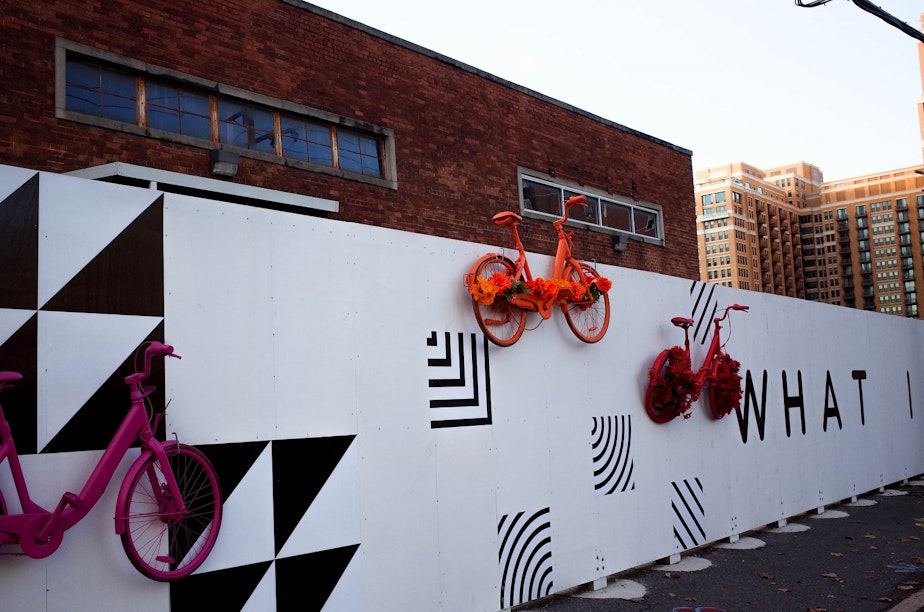'We will not end up like Seattle,' says D.C. area preparing for Amazon

The Washington, D.C. area already has a housing shortage.
Housing construction in the region hasn’t kept pace with job growth since the start of the last recession.
The area’s Council of Governments says 690,000 new housing units are needed by 2040, just to keep up with demand. The region currently builds about 24,000 units a year. To build the homes necessary, jurisdictions would have to raise that number to 33,000.
That report came out before Amazon's HQ2 decision.
The housing shortage has already driven up rents and home prices. “Even before anything happened, single detached homes in Arlington were hard to come by,” said Heitham Ghariani, a father with young children who wants to own house in the Arlington Ridge neighborhood, near his condo in Pentagon City.
“Even on the cheaper side they'd come in at $500,000 and they would need $200,000 of fixes to get into them,” he said.
Ghariani’s neighborhood of Pentagon City is in Amazon’s new development zone, branded “National Landing.” He doesn’t know what this will mean for his family’s chance of getting a house.
“You got to make the best of the situation. And hopefully we execute it well and get as much good out of it along the way.”
All over Arlington, people told KUOW they were concerned about the impact of Amazon on housing. But they also said it might be a catalyst to solve the problem.
One big reason: Local governments have started to work together more. There were competing HQ2 bids, but each bid said if another regional contestant won the pageant, all would work together to solve the region’s livability problems.
Another reason: There’s a plan to use some of the tax wealth generated by Amazon to build homes, including $15 million per year for affordable housing.
“Frankly, without faster growth we didn't have the resources to make the investments that we needed,” said Jason Miller, head of the Greater Washington Partnership, which has been working to bring the region’s jurisdictions together.
“Before Amazon's entry into the region, we had housing challenges. We had transportation challenges. I think this increases our likelihood of taking those on,” he said.
But now that Amazon has made its announcement, the challenge is real, and it’s now.
“It feels like a 'focusing of the mind' moment that could lead to a really meaningful set of agreements across the region,” said Margery Turner, senior vice president at the Urban Institute, a non-partisan think-tank.
Land has to be found, zoning obstacles surmounted and developers involved in building housing for all income levels. These are all battles Seattle is still tackling.
“Now is the time to look at this challenge and try to tackle it and see whether we can make this a region that grows faster than it has and is a great place for everybody to live in,” Turner said.



